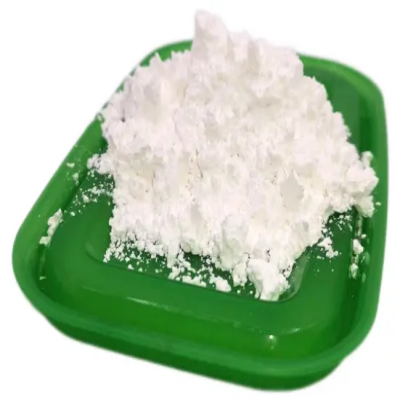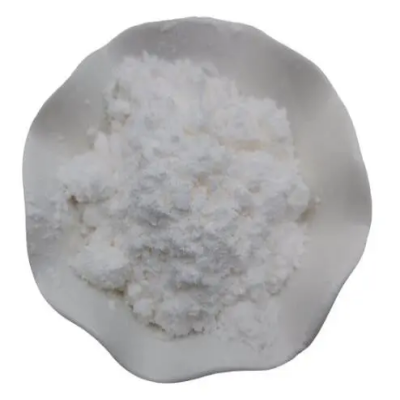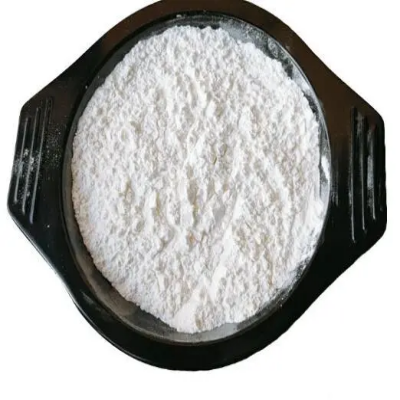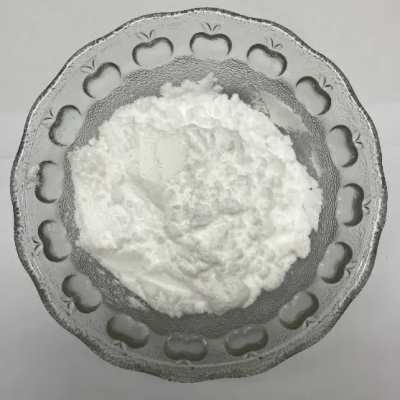(3R,4S)-1-tert-butyl 3-ethyl 4-hydroxypyrrolidine-1,3-dicarboxylate CAS:1523541-94-7
The utility of (3R,4S)-1-tert-butyl 3-ethyl 4-hydroxypyrrolidine-1,3-dicarboxylate spans across multiple areas: Medicinal Chemistry: Researchers explore its potential in drug discovery and development. The compound's structural features make it a valuable scaffold for designing pharmacologically active molecules with therapeutic benefits, particularly in cardiovascular and metabolic disorders. Organic Synthesis: Chemists utilize it as a versatile building block in the synthesis of complex organic compounds. Its reactive pyrrolidine-1,3-dicarboxylate moiety allows for the creation of diverse molecular architectures with tailored properties. Pharmaceutical Intermediates: It serves as an intermediate in the synthesis of pharmaceuticals, contributing to the development of new therapeutic agents targeting various diseases, including cardiovascular diseases and metabolic syndromes. Material Science: The compound finds utility in the synthesis of functional materials. Its incorporation into material matrices can impart specific properties such as solubility or biodegradability, making it valuable in drug delivery systems and biomaterials. Chemical Research: Scientists investigate its reactivity and properties in various chemical reactions. Understanding its behavior contributes to the advancement of chemical knowledge and methodology, particularly in the field of pyrrolidine chemistry and drug design. In summary, (3R,4S)-1-tert-butyl 3-ethyl 4-hydroxypyrrolidine-1,3-dicarboxylate serves as a versatile compound with applications in medicinal chemistry, organic synthesis, pharmaceuticals, material science, and chemical research, offering opportunities for innovation and advancement in multiple scientific fields.



| Composition | C12H21NO5 |
| Assay | 99% |
| Appearance | white powder |
| CAS No. | 1523541-94-7 |
| Packing | Small and bulk |
| Shelf Life | 2 years |
| Storage | Store in cool and dry area |
| Certification | ISO. |


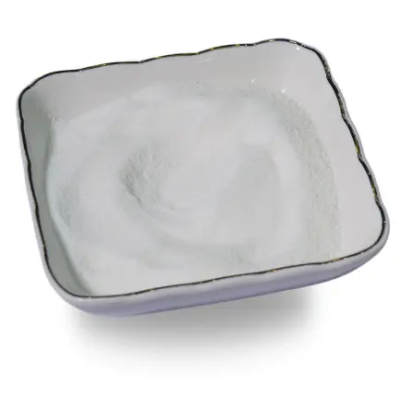

![1,8-Diazabicyclo[5.4.0]undec-7-ene CAS:6674-22-2](https://cdn.globalso.com/xindaobiotech/1ZNB2ZF342ZWRNG153.png)
